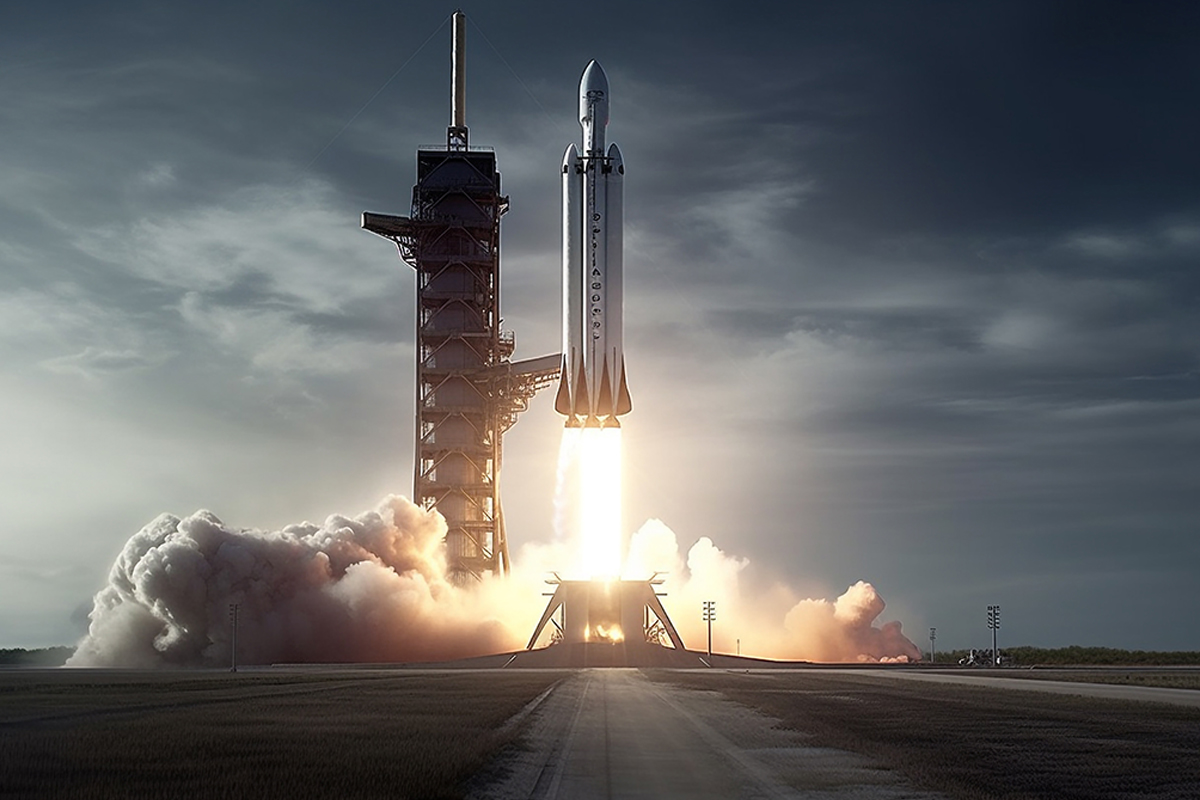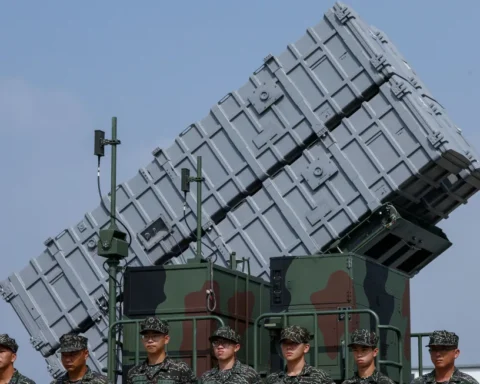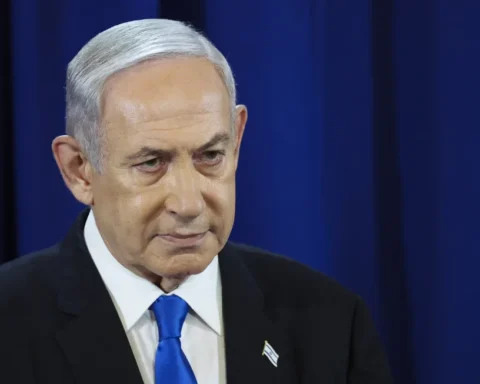SpaceX, the pioneering aerospace manufacturer, is poised to launch the US military’s enigmatic X-37B space plane aboard its formidable Falcon Heavy rocket. This significant event, scheduled for Thursday evening from NASA’s Kennedy Space Center, marks a new chapter in space exploration and military strategy. The X-37B, an autonomous, uncrewed spacecraft, has long captivated the space community with its secretive missions and advanced research capabilities.
The upcoming launch, streamed live from SpaceX’s website, adds another intrigue to the X-37B’s legacy. Known for its shuttle-like appearance with blacked-out windows, the X-37B has conducted various experiments, including studying solar energy relay and radiation effects on seeds. This seventh mission promises to be even more captivating.
Paul Graziani, CEO of COMSPOC, speculates that the Falcon Heavy’s use, a rocket surpassing the combined thrust of its predecessors, hints at a potential journey beyond traditional orbits, possibly to the moon or Mars. COMSPOC, focusing on space object tracking, prepares to monitor the X-37B, especially if it enters geosynchronous orbit.
Gen. B. Chance Saltzman emphasizes the X-37B’s role in advancing space technology, highlighting a NASA experiment to sustain astronauts in deep space. The experiment, Seeds-2, builds upon previous research and is crucial for long-duration missions.
The X-37B’s record of over 3,700 days in space and its airplane-like landing capability underscore its uniqueness. This launch, delayed due to weather and technical issues, gains prominence in light of China’s recent secretive space mission, intensifying the space race dynamics.
The mission symbolizes a blend of technological prowess and strategic foresight as the Falcon Heavy prepares to carry the X-37B to new frontiers. With its myriad of experiments and the potential for deeper space exploration, the X-37B continues to be a beacon of mystery and innovation in the cosmos. This launch represents a significant stride in space technology and underscores the evolving landscape of international space rivalry, particularly with China.







